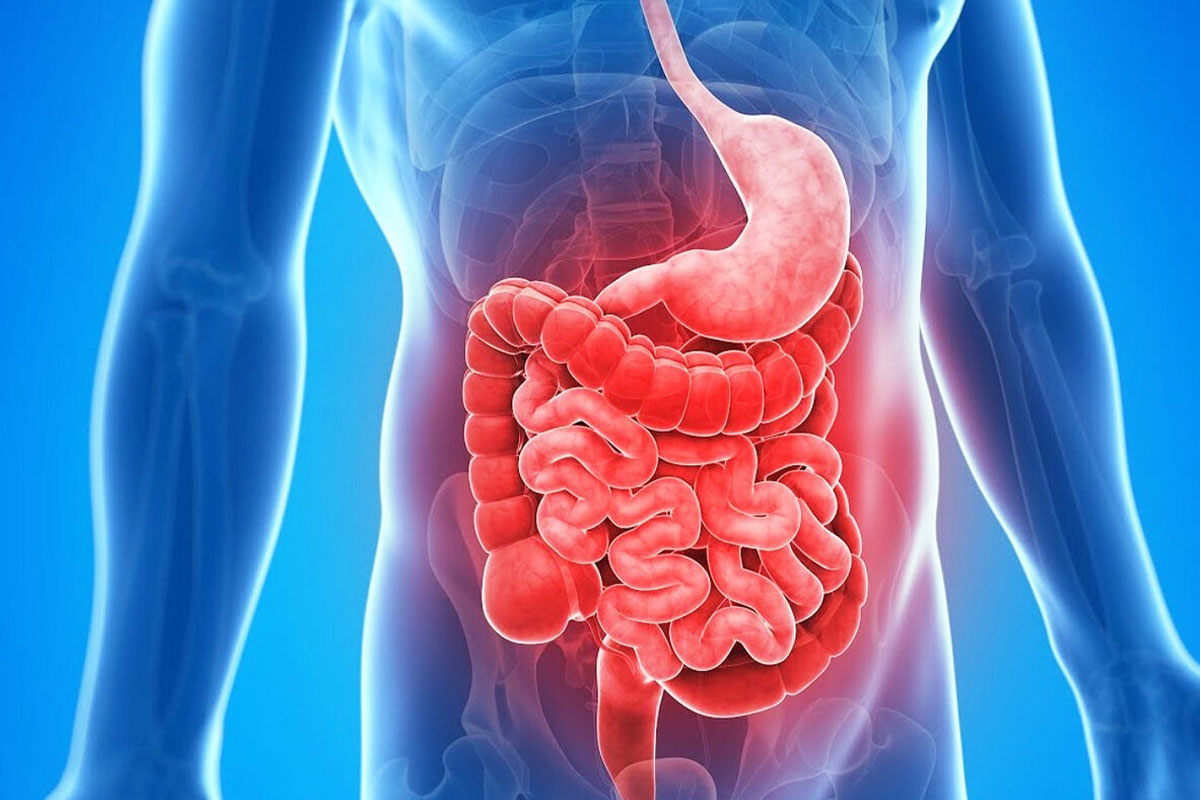What is spastic colitis?
Spastic Colitis, also known as Irritable Bowel Syndrome (IBS) or Irritable Bowel Disease, is defined as a functional disease for which no organic cause can be identified. The most important symptoms in patients are abdominal pain, especially after meals, but most of the day, intestinal discomfort, excessive bloating, excessive intestinal gas, defecation disorders (diarrhea, constipation, defecation like goat dung, normal defecation from time to time), and indigestion.
Spastic Colitis is seen in approximately 15-20% of the population. This disease is more common in women than men. Spastic Colitis is becoming more common all over the world every year. Stress is shown to be the most important triggering factor in Spastic Colitis cases. At the same time, since the disease itself produces serious stress, it is controversial whether the disease is caused by stress or whether stress is the source of the disease. It is observed more frequently in sensitive people. It causes significant workforce loss and disrupts social life.
Our digestive system, and especially our intestines, have a very serious nerve network. The first organ that is affected by any physical, psychological or social stress we experience is our intestines. We all know very well that; If we feel a little upset, the first thing we lose is our appetite, and sometimes nausea and abdominal pain are added to this. Even in a simple flu infection, the first thing we lose is our appetite and we experience intestinal discomfort. Our intestines are the most important production site of endorphins (happiness hormones), which are the hormones that make us feel happy. Therefore, any negativity in the intestines will affect endorphin production, triggering restlessness, unhappiness and depression.
Chronic fatigue is very common as the symptoms experienced due to spastic colitis not only reduce work and school success, but also reduce quality sleep time. Stomach ulcer, reflux esophagitis, dyspepsia, headache, fibromyalgia, chronic headache, migraine, attention disorder, learning disability, diabetes, sexual dysfunction, tendency to inflammation, hemorrhoids, anal fissure, tinnitus, malignancy due to increased stress due to spastic colitis. and many other diseases are more common in people with spastic colitis.
The most important finding detected in spastic colitis patients in our clinical research is the decrease in the biodiversity of the digestive system flora. There is a significant relationship between the decrease in biodiversity and the increase in spastic colitis. Significant regressions are achieved in spastic colitis cases with treatments aimed at increasing biodiversity.
With industrial development, the disease has increased like an avalanche and still continues to increase. As the majority of the world’s population began to live in cities and metros, especially in the second half of the twentieth century, exposure to environmental pollutants (air, food and water pollution), genetically modified food consumption, agricultural chemicals and the increase in ready-made food consumption primarily cause damage to our digestive system flora. All studies show that the greater the biodiversity of our digestive system flora, the more resistant we are to digestive system disorders. Spastic Colitis is much less common in people with high flora biodiversity.
There are more than a thousand flora bacteria identified in the human digestive system to date. We observe that the diversity of digestive system flora increases as we move to rural and areas far from industrial production, and the flora biodiversity decreases as we move to industrial zones and metropolises.
There are different flora elements in every region of the digestive system, from the mouth to the anus. These have many functions such as combating pathogenic microbes in the region where they are located, acid-base balance of the region, humidity, biosynthesis, detoxification, digestion, etc. We contain dozens or even hundreds of types of flora bacteria throughout the digestive system. Each flora element is specific to its own region and does not survive or survive in another region. Like hundreds of departments in a very complex factory, there are hundreds of regions where different functions occur throughout the digestive system. Each type of flora is a colonization of millions of members in the region where it lives. FLORA renews itself many times during the day, and the flora members that have expired are naturally excreted as feces. 60-70% of the fecal volume consists of dead and living flora waste.
Since a serious decrease in flora biodiversity is often observed in the disease called spastic colitis, IBS or irritable bowel syndrome, the most permanent and effective solution in the treatment is FLORA TRANSPLANTATION…
Total gastrointestinal flora transplantation from a healthy donor with high biodiversity provides serious regressions in SPASTIC COLITI cases.

